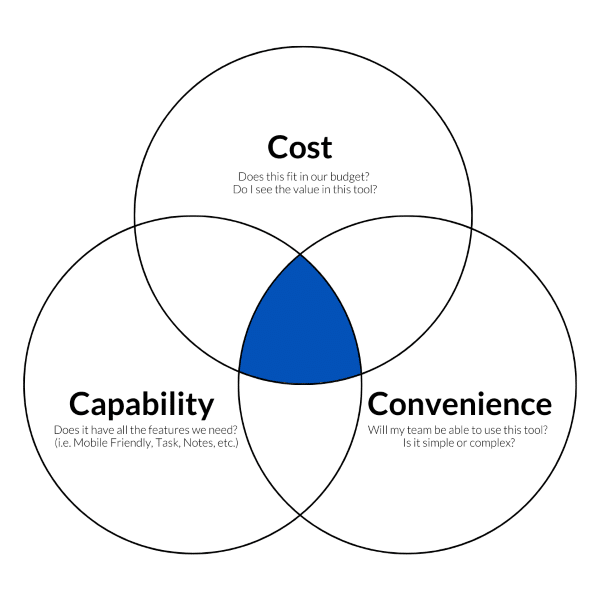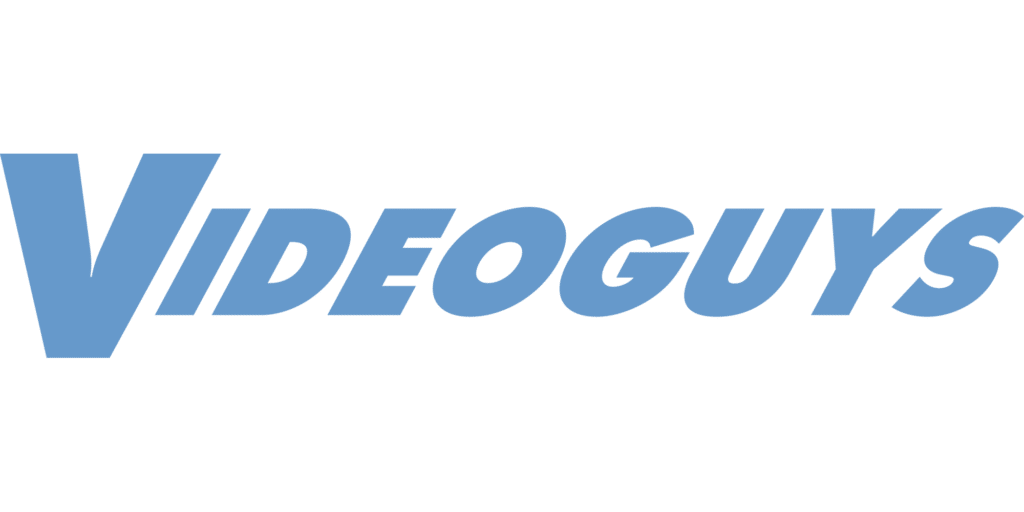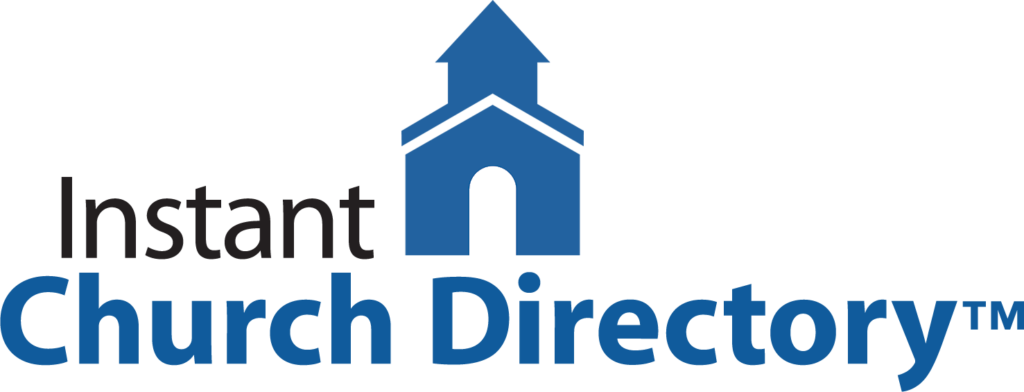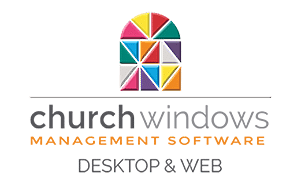People feel genuinely cared for when you remember the details in their lives.
As leaders, we have the incredible opportunity to care for our people during life’s high moments, low moments and everything in between. If you have been in ministry for any amount of time, you know it becomes challenging remembering those details and life events.
Because of this, leaders often turn to sticky notes, dry erase boards, group texts and the infamous pastoral care spreadsheet to help them stay organized, but these systems continue to fall short – people still fall through the cracks. You might be dealing with broken systems when it comes to accounting, tracking attendance or even keeping an up-to-date list of your congregants’ contact information. Systems and technology that are cumbersome or lack helpful features can hinder you from caring for people and even limit your ability to walk out your mission.
I talk with leaders every day specifically about pastoral care, but also more broadly about church tech. I want to share a few insights on finding the right pastoral care tool and also give you a simple framework to help you identify other technologies that can complement and improve your ministry.
Map Out Your Information Channels
There are people and platforms within your ministry that notify you of pastoral care needs. These channels provide you and your team valuable care information when it matters most. Take the time to write down a list of the people relationally connected to the needs within your congregation and a list of platforms and systems that help bring awareness and notify you of pastoral care needs (e.g., Facebook, care request systems, the church website, Connection Card, etc.). This exercise sheds light on key individuals who might need access to new technology that you are evaluating.
Take Inventory of Your Tech Stack
A technology stack, or tech stack for short, is a list of all the technology services used to build an app or a website. You have a tech stack to run your church. Before adding new software to your ecosystem, stop and take an inventory of the current apps and services you use to run your ministry. Here are a few categories to get you started:
Communications and Engagement: Consider how you keep your congregation informed and engaged. This might involve email newsletters, social media platforms, church mobile apps, or text messaging services, among others. List the tools you use to communicate internally with your team.
Pastoral Care Tracking and Organization: Evaluate the tools you currently use for logging, tracking, and organizing pastoral care. Assess their effectiveness, benefits, and shortcomings.
Education and Discipleship: Reflect on how you facilitate learning and spiritual growth among your members. Are you providing or utilizing any online coursework, webinars, Bible study apps, etc.?
For any systems and technologies you identify, be sure to list out the features you love and the features you are missing; this list will guide you when evaluating new options. An assessment like this can help you understand what you have, what’s currently working, and where the gaps are in your existing system. This information is crucial for identifying whether new tech will fill a need or potentially add to the clutter.
Identify Your Team’s Tech Capabilities
Often, well-intentioned teams implement a new tool or system, and just a few months later the project is abandoned. Team leaders can come away frustrated that their time researching, implementing and training the team on the perfect tool was all for nothing because their team didn’t adopt it. This is almost always a sign that the choice to implement this technology didn’t take into account the varying technological capabilities of all team members.
When looking at new software, it is absolutely crucial to consider the level of technology your team feels comfortable using. Take the time to think about where your team falls, individually and collectively, on the tech-savvy spectrum.
Where does every member of your team fall on this line? The team as a whole?
Understanding the technological capabilities of your team helps bridge the gap between intention and implementation. Keeping this in mind when evaluating new software or systems ensures the best chance of success in team-wide adoption.
Other Considerations
In addition to the core aspects discussed above, certain other critical considerations deserve attention in the search for effective church technology solutions:
Privacy and Security: Safeguarding the privacy and security of your congregants’ information is paramount. While evaluating tech solutions, carefully consider the privacy and security features they offer and ensure they align with your ministry’s standards. Additionally, consider having conversations with your congregation about safe technology usage when inviting them to use new tools.
Finding Great Tech: Explore recommendations for church tech solutions from reputable sources, such as trusted tech publications, at conferences, and by reaching out to other ministries. Peer recommendations can offer valuable insights into the practical utility of various tech tools.
Framework for Finding the Right Church Tech
After gaining a comprehensive understanding of your needs, existing infrastructure, and your team’s technical capabilities, you are ready to assess different technology options. Aim for any new technology to fall in the sweet spot where cost, convenience, and capability intersect. Consider the following:
Cost: Does this tool fit within your budget? Do you perceive significant value in this tool? What kind of returns will you see from the use of this new technology? Is it sustainable long-term?
Convenience: Will your team be able to use this tool with ease? Is it simple or overly complex? Can you see your team enthusiastically using this tool, or do you anticipate a struggle?
Capability: Does it have all the features you need, such as being mobile-friendly or having functions for tasks and notes? Look back at the features lists you made and see if this new tool fills any gaps or has redundant functionalities.
Choosing the right technology for your ministry can be transformative, elevating your team from merely keeping up to supporting the congregation in meaningful and powerful ways. The right tools, thoughtfully selected, empower leaders and teams to extend their reach and deepen their impact.
A systematic approach to assessing your needs, existing systems, and your team’s collective technical capabilities helps you evaluate new church technologies critically. It enables you to strike a balance between cost, capability, and convenience, ensuring that your ministry embraces the future with an optimized and integrated tech infrastructure.
Taylor Doe is a co-founder of Notebird, a dedicated pastoral care app, www.notebird.app.










